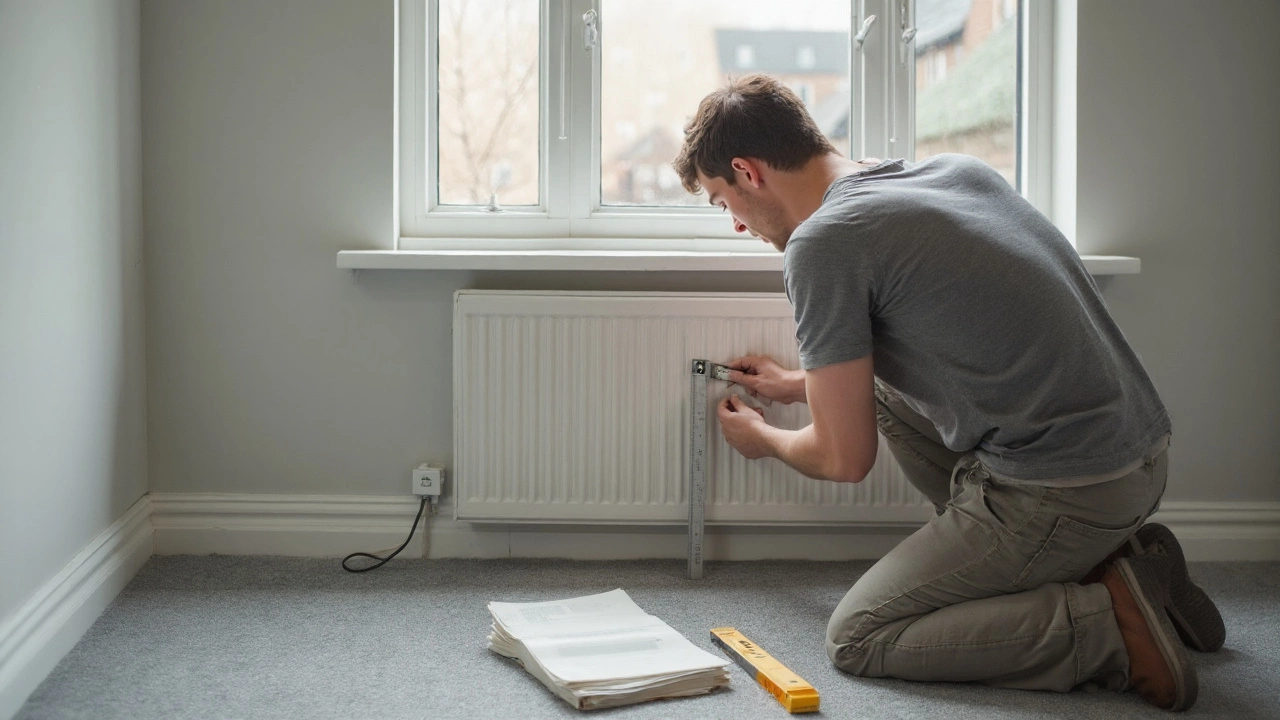Drywall Cracks – Causes, DIY Repairs, and Pro Help
Notice a line creeping across your wall? It’s probably a drywall crack. Most homeowners see them and wonder if it’s a big problem or just a cosmetic issue. The good news is that many cracks are easy to fix yourself, but some signal deeper issues that need a professional’s eye.
Common Causes of Drywall Cracks
First, know why the crack appeared. The most common reason is movement in the house’s structure. As the foundation settles, the framing shifts a little, and the drywall – which is thin and brittle – cracks. Temperature changes can also cause drywall to expand and contract, especially in rooms with poor insulation.
Humidity plays a big role too. If a bathroom or kitchen gets too moist, the plaster can absorb water and weaken, leading to hairline cracks. Some cracks appear around windows and doors because those openings move with the house’s frame.
Even simple things like hanging a heavy shelf or TV can stress the drywall. When you drill into a stud, the surrounding board can flex and split over time. Knowing the cause helps you decide if a quick patch will hold or if you need to address the underlying movement.
Step‑by‑Step DIY Repair
Got a small crack under 1/4 inch wide? You can handle it with a few tools: a utility knife, joint compound, a putty knife, sandpaper, and paint. Here’s the quick plan:
- Clean the crack. Use a dry cloth to remove dust and loose plaster.
- Widen the crack slightly with a utility knife. This creates a V‑shaped groove that lets the joint compound stick better.
- Apply joint compound. Spread it over the groove with a putty knife, pressing it in.
- Let it dry. Most compounds set in about an hour, but follow the label.
- Sand smooth. Lightly sand the area until it’s flush with the wall.
- Prime and paint. Match the wall colour and you’re done.
If the crack is wider than 1/4 inch, add a piece of drywall tape before the first coat of compound. The tape holds the two sides together and prevents the crack from reopening.
For cracks that follow a long seam, consider re‑securing the drywall to the studs with screws. Loose screws can cause recurring cracks, so tightening them can stop future damage.
Even after a good DIY job, keep an eye on the spot for a few weeks. If the crack reappears, the movement is probably ongoing and you’ll need a pro.
When you notice cracks near doors, windows, or in corners, it’s a sign the framing is shifting more than usual. In those cases, a professional can assess the foundation, check for moisture issues, and recommend proper repairs – which might include adding bracing or improving ventilation.
Bottom line: small, isolated cracks are usually a quick DIY win. Bigger or repeating cracks mean it’s time to call a qualified plumber or builder who can look at the bigger picture and keep your home safe and sound.

